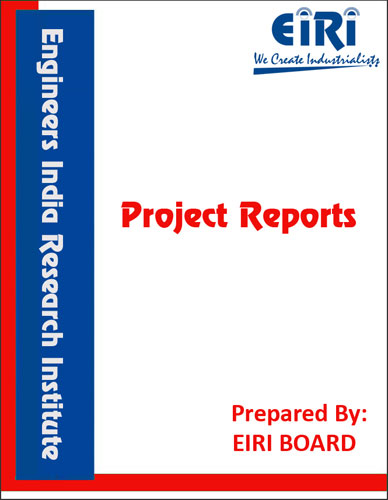SINGLE SIDE AND DOUBLE SIDE PRINTED CIRCUIT BOARDS (PCB) MANUFACTURING UNIT
The project report includes Present Market Position and Expected Future Demand, Market Size, Statistics, Trends, SWOT Analysis and Forecasts. Report provides a comprehensive analysis from industry covering detailed reporting and evaluates the position of the industry by providing insights to the SWOT analysis of the industry.
We can prepare PROJECT REPORT as per your INVESTMENT PLAN for BANK LOAN REQUIREMENT and INDUSTRY ANALYSIS. All reports are prepared by highly qualified consultants and verified by a panel of experts.
Have Query? Click Here to Chat
Industry Expert is Online, Chat with him for more detail.

A printed circuit board, or PCB, is a self-contained module of interconnected electronic components found in devices ranging from common beepers, or pagers, and radios to sophisticated radar and computer systems. The circuits are formed by a thin layer of conducting material deposited, or “printed,” on the surface of an insulating board known as the substrate. Individual electronic components are placed on the surface of the substrate and soldered to the interconnecting circuits. Contact fingers along one or more edges of the substrate act as connectors to other PCBs or to external electrical devices such as on-off switches. A printed circuit board may have circuits that perform a single function, such as a signal amplifier, or multiple functions.
There are three major types of printed circuit board construction: single-sided, double-sided, and multi-layered. Single-sided boards have the components on one side of the substrate. When the number of components becomes too much for a single-sided board, a double-sided board may be used. Electrical connections between the circuits on each side are made by drilling holes through the substrate in appropriate locations and plating the inside of the holes with a conducting material. The third type, a multi-layered board, has a substrate made up of layers of printed circuits separated by layers of insulation. The components on the surface connect through plated holes drilled down to the appropriate circuit layer. This greatly simplifies the circuit pattern.
1 INTRODUCTION
• USES AND APPLICATIONS
• B.I.S. SPECIFICATION
• MARKET SURVEY
• MANUFACTURER/SUPPLIERS OF PCB
• MANUFACTURING PROCESS
• PROCESS FLOW CHART
• SPECIFICATION OF SINGLE SIDED PCB
• SPECIFICATION OF DOUBLE SIDED PCB
• PCB INSPECTION TECHNIQUES & TECHNOLOGIES
• SPECIFICATION OF RAW MATERIALS
• PLANT LAYOUT
• SUPPLIERS OF PLANT AND MACHINERY
• SUPPLIERS OF RAW MATERIALS
APPENDIX – A :
1. COST OF PLANT ECONOMICS
2. LAND & BUILDING
3. PLANT AND MACHINERY
4. FIXED CAPITAL INVESTMENT
5. RAW MATERIAL
6. SALARY AND WAGES
7. UTILITIES AND OVERHEADS
8. TOTAL WORKING CAPITAL
9. COST OF PRODUCTION
10. PROFITABILITY ANALYSIS
11. BREAK EVEN POINT
12. RESOURCES OF FINANCE
13. INTEREST CHART
14. DEPRECIATION CHART
15. CASH FLOW STATEMENT
16. PROJECTED BALANCE SHEET



